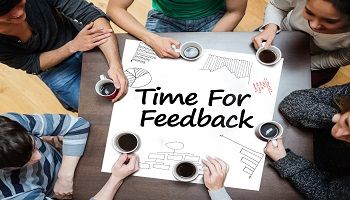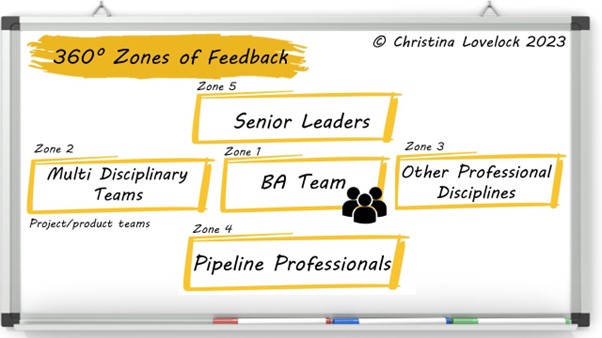Be Bold: If You Disagree, Leave Them In No Doubt
Very early in my career, I was probably a bit too much of a ‘people pleaser’ which led to me shying away from conflict. It’s a common trait in BAs, we want to help people out, and we want to get them the best possible outcomes. This is a positive thing, but when over-played it can spill over into conflict avoidance, and this really isn’t a good thing.
For example, imagine a stakeholder requests a new feature, but there’s clearly no time or budget for it. It would be very easy to say something along the lines of:
“Ah, yes, that’s really interesting. I’ll see if that’s possible and come back to you if it is”
Now, on the face of it no commitment has been made, the BA might consider they’ve said “no”, but it’s a very, very weak no. The stakeholder may well have heard things differently, and might have drawn the conclusion that the feature will be delivered, after all, they didn’t hear the word ‘no’ at all! In three months’ time, when memories have faded, they may well ask you why the feature they asked for still isn’t delivered…
Conflict Avoidance Isn’t Friendly
Avoiding conflict might seem like a good tactic, but it really only works in the short term. When disagreement is communicated in a subtle way, it’s easy for there to be a sort of illusory agreement. Stakeholder A disagrees with Stakeholder B but they think they are agreeing. Of course, eventually they’ll find out that they didn’t agree… but by that time budget and time may have been spent unnecessarily.
This is an area where BAs can add huge value. Firstly, by being bold and concisely stating when something is outside of scope or can’t be delivered in a particular timeframe. This doesn’t mean it can’t be delivered… it just means that a conscious choice needs to be made. There might be a trade-off, by having feature X, it means that feature Y will be delayed or discarded. Or perhaps it means that there needs to be a discussion over the budget.
All of these decisions are best made consciously. A little bit of discomfort now, followed by an honest and transparent conversation is likely better than taking the easy route and saving up the consequences for later. You might be familiar with the concept of technical debt… well this is similar, it is almost a form of decision and conversational debt. By having illusory agreement over things, the decision is never really made, and an absence of decision creates issues.
Cultural Dimensions
Of course, it’s important to take national culture and corporate culture into account when considering how to respond to conflict. I can only speak as someone who has spent most of their time in the UK. I certainly know that in the UK we are fairly indirect communicators at the best of time (“Oh I’m very thirsty” can be code for “I’d like a drink please, but I can’t ask directly because that would be seen as impolite”. Equally “Hmm.. .interesting” can sometimes mean “I have zero interest in what you are saying”. We are a complicated nation!).
There are certainly other cultures where different types of response will be more appropriate, so it is all very much down to the context. One thing that is common though is conflict is best negotiated openly and honestly, and pretending it doesn’t exist is unlikely to lead to the best possible results.
Advertisement
Conflict Doesn’t Have To Be Negative
There is perhaps a view that conflict is inherently negative, yet that doesn’t have to be the case. Often conflict arises because different people have different backgrounds and perspectives. As BAs, we can explore those perspectives and understand the specific areas where they agree and disagree. We can work with them to navigate the conflict, and reach a situation that they are happy with.
In many ways, if there are conflicting views, it is usually better if they are surfaced earlier rather than later. If someone disagrees but doesn’t feel able to raise the issue, then this may indicate that they feel uncomfortable. Perhaps psychological safety is lacking. Either way, this may indicate wider issues with the organizational culture, and may mean that dissenting voices are being quashed. Which can be an issue if one (or many) of those voices are right!
Lead by Example
This is an area where BAs can lead by example, by being bold and sometimes vulnerable, by asking ‘tricky’ questions and being open and honest when we think something isn’t right. It’s also important to be prepared to change our minds when new information presents itself. All of this relies on building good rapport with stakeholders, which is a key BA skill in itself!





